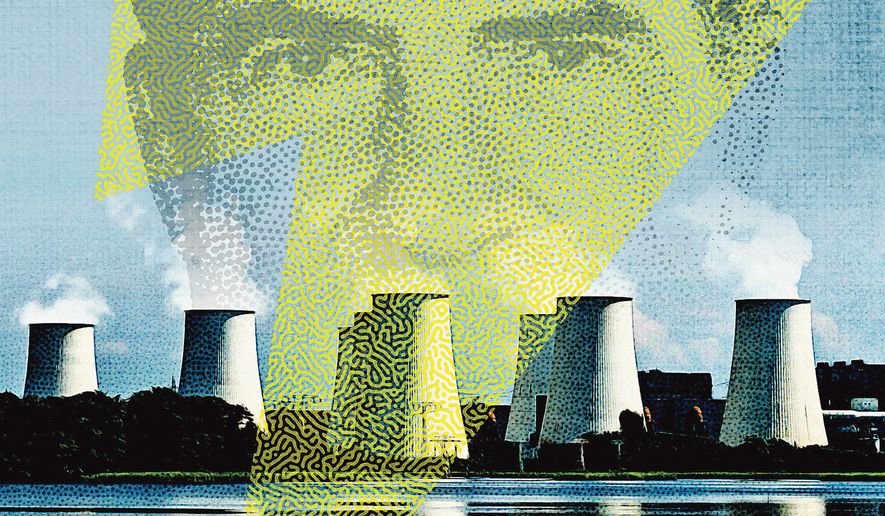OPINION:
The Biden administration’s new vehicle rules accelerate electrification just as artificial intelligence and manufacturing are spiking electricity demand. With utilities doubling their forecasts for new power demand in the next five years, ensuring grid stability will require much more power supply. Thankfully, President Richard Nixon laid out the blueprint for solving this problem with nuclear energy over 50 years ago.
In many ways, Nixon’s era of profound energy insecurity in the U.S. looks quite unlike our own. Because of the country’s heavy reliance on foreign oil imports, the 1970s marked a period of thorny geopolitical challenges as oil-producing nations flexed their economic power through embargoes and supply disruptions. This exposed the fragility of America’s energy infrastructure and highlighted the urgent need for greater energy independence.
Nixon foresaw the risks posed by his era’s energy challenges and sought to address excessive reliance on foreign oil through domestic production and energy diversification. His proposal to construct 1,000 nuclear reactors, a vision that was never realized nor seriously attempted, epitomized his forward-thinking strategy. Had he gotten his wish, Project Independence would today be providing 200% of U.S. energy needs with zero greenhouse gas emissions. One can only imagine Nixon rolling in his grave watching us decommission nuclear plants while China and Russia produce nearly half the new reactors worldwide — and work together to put one on the moon.
By comparison, our situation today is almost idyllic. The United States is producing more oil and natural gas than ever, and more than any other country. Electric vehicles and solar panels are cheaper than ever to produce, and we are discovering new deposits of much-needed critical minerals for batteries right under America’s feet.
The Biden administration, however, is caught between energy realities and some far-left climate activists who are calling for counterproductive measures that would raise emissions: stopping fossil fuel use immediately, opposing domestic mining for battery materials, and rejecting nuclear energy.
The truth is that American fossil fuels can still lower global emissions by displacing higher-emitting fuels from other countries, and carbon capture has the potential to nearly eliminate fossil emissions. Domestic mining isn’t optional; it is essential if we want to have any hope of defeating China in the race to dominate advanced energy technologies like solar and wind power and electric vehicles. Nuclear energy provides carbon-free, reliable electricity that not only facilitates the energy transition but also allows our energy system to scale and meet the challenge of soaring demand.
It’s not too late to capitalize on nuclear technology and launch a modern version of Project Independence. Revisiting an ambitious nuclear energy proposal would help the United States lean into upcoming technological advances, and it’s a power source with increasingly enthusiastic political will.
Americans’ support for nuclear energy is the highest it’s been in a decade, and many conservatives also support a shift toward cleaner power sources in general. Instability in European energy markets is making many of our allies revisit their prejudices against nuclear power.
Of course, if anything has lasted since the Nixon era, it’s claims that nuclear energy is dangerous and expensive, and that the required infrastructure takes too long to build. Luckily, research shows that nuclear energy even beats solar and wind in terms of safety, all while boasting a lower carbon footprint. Small modular reactors could become much more economical and expedient to deploy.
Still, action is needed for nuclear to address surging energy demand in the immediate future. Lawmakers must pursue policies like streamlining Nuclear Regulatory Commission regulations and ramping up domestic uranium supply chains to fuel reactors.
America’s energy history may not repeat itself, but it does rhyme. The fossil fuel complications we’re facing may not result from geopolitical dependence. Balancing increasing electricity demand with Americans’ decreasing tolerance for fossil fuels, however, will take more than just windmills and solar panels. By emulating Nixon’s nuclear ambitions, we can ride the coming technology wave instead of being sunk by it.
• Alina Clough is a fellow at ConservAmerica.




Please read our comment policy before commenting.